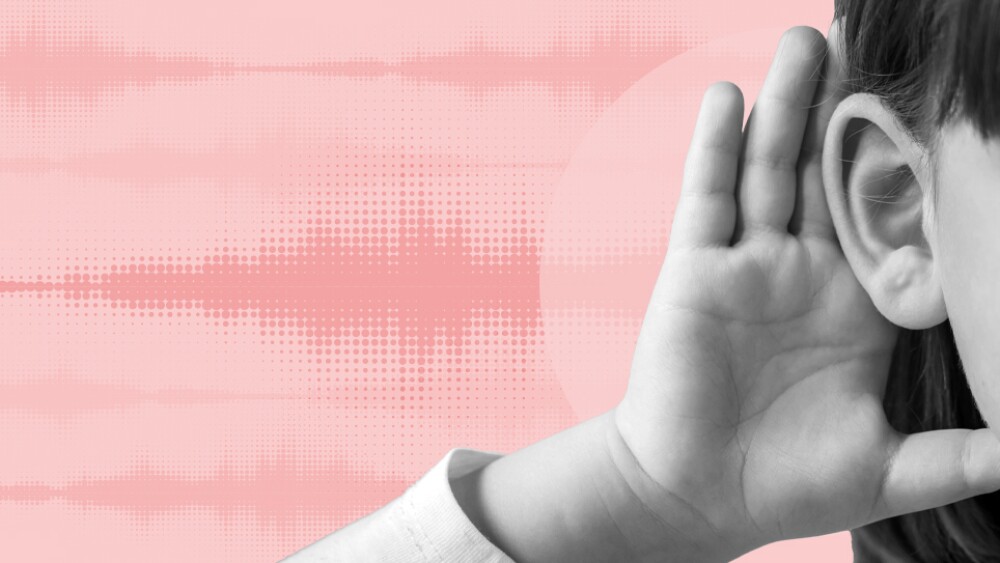What can the public do to defend against the COVID-19 coronavirus? One simple answer is to ramp up humidification at home and in the workplace, if humidity levels are low.
Washington, D.C., March 13, 2020 (GLOBE NEWSWIRE) -- What can the public do to defend against the COVID-19 coronavirus? One simple answer is to ramp up humidification at home and in the workplace, if humidity levels are low. Hospitals treating cases of viral respiratory infection may be advised to do the same.
Why has the novel coronavirus COVID-19 had only a minimal impact in tropical countries while temperate zone countries such as China, Korea, Italy, Iran and the United States have suffered outbreaks? Humidity, and especially indoor humidity, seems to hold the key.
In 2019, a research team at Yale University Medical School published a groundbreaking study (Kudo et al., National Academy of Sciences, 2019) which showed how low ambient humidity hurts the ability of the immune system to fight respiratory viral infection in animal hosts. As Yale immunologist Akiko Iwasaki repeatedly has tweeted, winter months require indoor heating, which leads to low indoor humidity, which in turn leads to reduced mucociliary clearance and innate antiviral immunity, resulting in more respiratory virus in the lungs and increased mortality.
Dr. Nancy Gough of Johns Hopkins University explained the Yale study thus (Medium, March 1, 2020): “When the temperature drops, the heat comes on. This reduces the amount of humidity in the air. It turns out this isn’t just uncomfortable; it also impairs the innate immune system in the respiratory tract.”
What do all the places with severe community COVID-19 outbreaks have in common? As a group of U.S. and Iranian researchers (Sajadi et al. (2020)) concluded in a new study posted for review on March 9, 2020, “To date, Coronavirus Disease 2019 (COVID-19), caused by SARS-CoV-2, has established significant community spread in cities and regions only along a narrow east west distribution roughly along the 30-50 N” corridor at consistently similar weather patterns”. In each of the locations of significant community spread identified by the researchers, indoor humidity ranged from about 20% to 30% in the weeks prior to outbreak, which is fairly dry. “Because of geographical proximity and significant travel connections, epidemiological modeling of the epicenter predicted that regions in Southeast Asia, and specifically Bangkok would follow Wuhan, and China in the epidemic.” Instead, the researchers noted, “COVID-19 failed to spread significantly to countries immediately south of China.”
Dr. Gough further explained the importance of humidity, “The epithelial cells have small cellular protrusions called cilia that move the mucus to promote clearance of pathogens and particles that enter the respiratory system. Analysis of the mucus in the trachea showed that infection in low humidity resulted in the inability to of the cilia on the epithelial cells to move it. The low humidity made the mucus too thick.”
What can you do when low humidity is unavoidable? Explained Dr. Iwasaki, “A mask will certainly keep your nose and mouth warmer and more humidified. I always wear a mask on international flights for this reason, where 10% relative humidity and closed environment makes for a perfect transmission incubator.”
What should be the target humidity? The Yale team found that 50% ambient humidity at room temperature led to dramatically increased survival in their animal subjects. What if a humidifier is not available? A large pot of water carefully kept at a low boil can humidify dry winter air to healthy levels.
This new research suggests that warmer, more humid weather will soon bring relief to countries now affected by COVID-19. Until then, indoor humidification and the use of facemasks may save many lives and ultimately help the world turn the corner in the fight against this epidemic.
Key Citations:
- Kudo et al. (2019) Low ambient humidity impairs barrier function and innate resistance against influenza infection. Proceedings of the National Academy of Sciences, 2019
- Gough, March 1, 2020. Fighting the Flu with Humidity: Researchers discover immune system benefits of humidity https://medium.com/@ngough_bioserendipity/fight Fighting the Flu with Humidity Researchers discover immune system benefits of humiditying-the-flu-with-humidity-28d4ccb42bd7
- Sajadi et al. (2020) Temperature and Latitude Analysis to Predict Potential Spread and Seasonality for COVID-19https://papers.ssrn.com/sol3/papers.cfm?abstract_id=3550308
Further reading:
- Makinen et al. (2009) Cold temperature and low humidity are associated with increased occurrence of respiratory tract infections. Respiratory Medicine, Volume 103, Issue 3, March 2009, Pages 456-462
- Salah et al. (1988) Nasal mucociliary transport in healthy subjects is slower when breathing dry air. Eur Respir J. 1988 Oct;1(9):852-5.
- Shaman et al. (2009) Absolute humidity modulates influenza survival, transmission, and seasonality. PNAS March 3, 2009 106 (9) 3243-3248
- Lowen et al. (2007) Influenza virus transmission is dependent on relative humidity and temperature. PLoS Pathog 3(10): 1470–1476.
- Yang et al. (2011) Dynamics of airborne influenza A viruses indoors and dependence on humidity. PloS One 6(6): e21481.
Dan Hess Dan Hess Research Phone: (301) 704-6859 E-Mail: danhess00@yahoo.com




